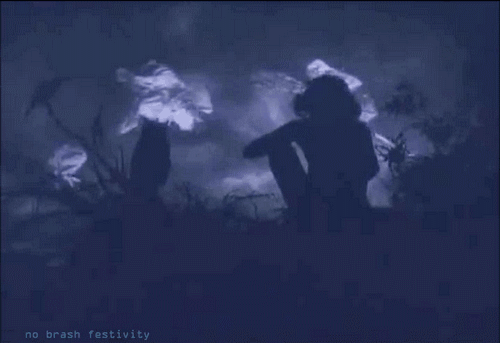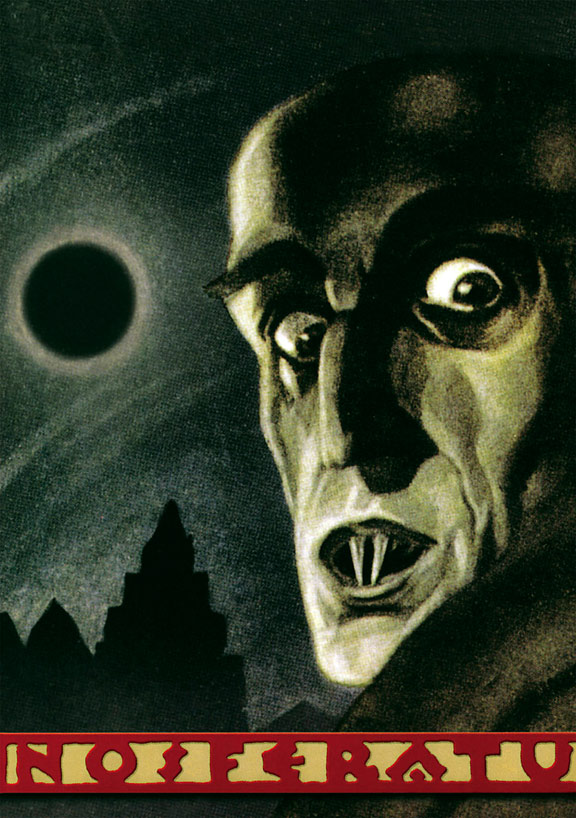directed by Benjamin Christensen

TW: for discussion of oppression, historical torture (inquisitions mostly), religious abuse, and coerced psychiatry.
How do we take a movie like Häxan? In some ways I feel like watching this is akin to watching DW Griffith's Birth of a Nation. On one hand, it's a piece of filmic history, on the other it's a reiteration of what were (and are) systemic injustices and violences done upon various marginalized bodies (women in the former and black people in the latter).
I'll grant that Häxan is probably not as purposefully inflammatory as Griffith's film. It takes its subject, the history of witchcraft and the treatment of women accused as witches throughout history, as a symptom of a bygone superstitious belief system supplanted by scientific insight and more modern medicine.... but that's.. well we'll get there.
The film begins with a recounting of various myths from throughout history, landing on how the conception of medieval Christianity conceived of the world as existing in spheres, at the top of which sat the Christian God and at the bottom of which was found Hell.

From here, we're informed of the belief that throughout history certain women were perceived as being particularly susceptible to the influence of the devil. It's interesting that the movie's portrayal of this history is very much of a double consciousness about this. On the one hand, these women are to be pitied and helped (oh the help...), but this is most often when they are in the company of men. When these women congregate together, they are feared. There are some really stunning shots during this part of the movie as the film shows the witches in flight across various nighttime foreground structures.

From this somewhat empowering view of the witch as an object of fear, the movie then moves us forward to a period where religious persecution holds sway. In this segment of the movie, we see that the movie does at least know that the treatment of women at this time was vile. Women are pressured into confessions under threat to their loved ones, and are routinely killed after enduring horrible torture at the hands of these monks and inquisitors. It's really at times some pretty brutal stuff, and there's a real sense of the injustice of the time.
After wrapping this up, the film begins its conclusion that's a bit... well, it's cause for reflection. The film was made in 1922, and I imagine was one of the very early documentary style films. The film has a very "look how far we've come" attitude about the attitudes toward women. Saying that what used to be called witchcraft.... is now properly known as hysteria....
The funny thing is, I think the film's a bit of a mirror. So many people still berate feminists with this idea that because women are now able to do X action (vote, work, have birth control), that we've somehow totally overcome sexist ideology. In this way, Häxan seems less like an opportunity to shake our heads at the ignorance and misogyny of these people in 1922, and more as an invitation to look at how this same sort of pattern of thought is ongoing and insidious, and that changes to ideology (such as the introduction of intersectionality to feminism) are needed as a fine-tuning instrument, lest we claim some action or movement as a panacea for oppression (as psychiatry is posited in this film).
Given this, I also think that the sympathetic portrayal of the witch is interesting. I have several female-identifying friends who associate strongly with various forms of witchcraft, paganism, and Wicca. I think that in some ways these are oftentimes counter-narratives that go against the patriarchal narratives instituted by Western Abrahamic religious hegemony. It's a subversive tactic, and the shot that I'm reminded of the most comes from the end of the witch segment of the movie. In it, it's explained that it was believed that witches would turn into cats and, with animal guards, sneak into churches and crap on the floor. I can't help but see this as another instance of the film discussing a sort of subversive tactic taken against oppression.

Also it has these hilarious costumes of the people dressed up as cats.... like, they could've just used real cats. But no, they made like, four or five of these costumes.

